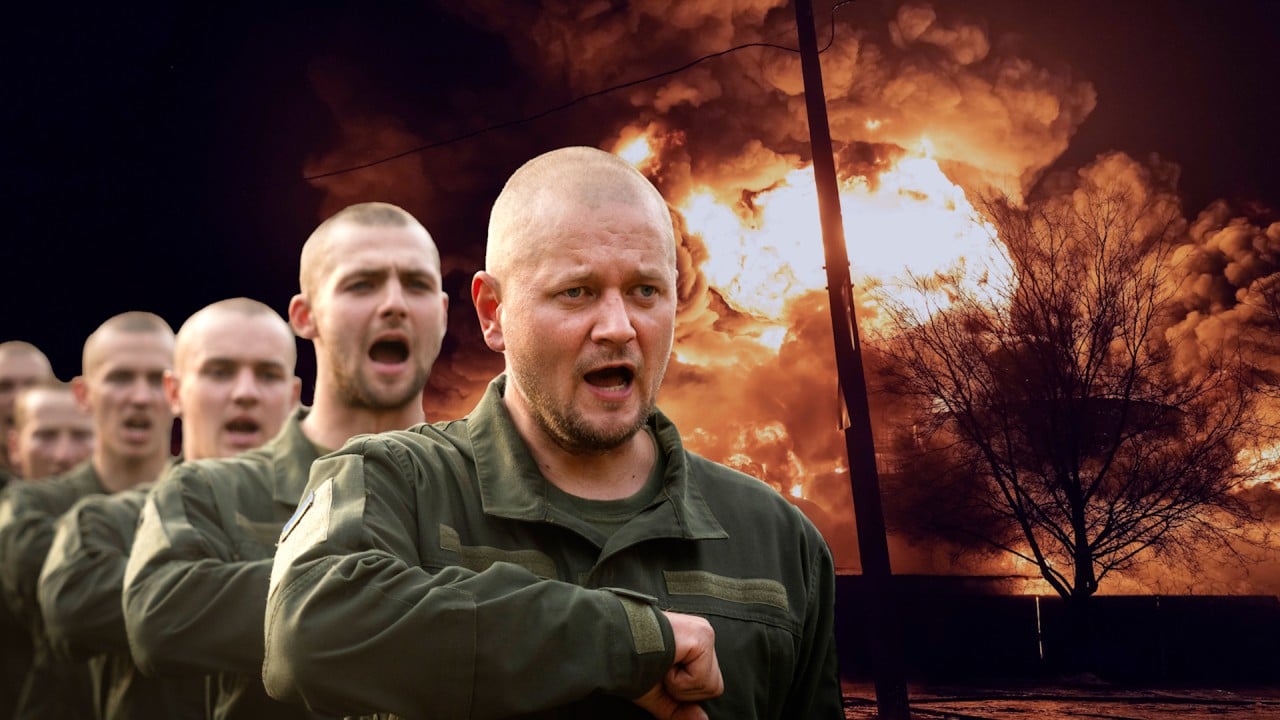Ukrainian President Volodymyr Zelensky on Friday dismissed the country’s air force chief, a day after Kyiv said a US-made F-16 fighter plane had crashed in combat, killing the pilot.
In a video message Zelensky said he had “decided to replace the commander of the air force” to strengthen Ukraine’s military leadership.
His office earlier published a presidential decree to officially remove Mykola Oleshchuk from the post.
The crash of the F-16 was a high-profile setback for Kyiv, which had lobbied the West to send the advanced aircraft for months.
It was the first reported loss, just weeks after Ukraine first started taking delivery of the supersonic aircraft.

The military had said the plane and pilot crashed during a combat mission earlier this week after having shot down incoming Russian missiles.
Lawmaker Mariana Bezugla, who sits on a parliamentary defence, security and intelligence committee, claimed the F-16 was shot down by Ukraine’s own air defence systems in a case of friendly fire.
In response to those allegations, Oleshchuk earlier on Friday accused her of trying to discredit Ukraine’s military leaders, and said a full investigation into the incident was under way.
Zelensky did not provide further details on why he had decided to replace his air force commander, saying only that his command team “needed to get stronger”.
Lieutenant General Anatolii Kryvonozhko, who leads the air force’s operations in the central part of Ukraine, would temporarily assume the role of overall commander, the air force said.
It is not the first time Zelensky has removed a senior military leader.
Earlier this year he removed popular commander-in-chief Valery Zaluzhny.
He was replaced with Oleksandr Syrsky, who masterminded leading Ukraine’s shock counter-attack into Russia’s western Kursk region.
US experts have joined the Ukrainian investigation into the crash, the Ukrainian air force said.
Meanwhile, a Russian attack on the northeastern city of Kharkiv using powerful plane-launched glide bombs killed six people, including a 14-year-old girl on a playground, and wounded 47 others, regional governor Oleh Syniehubov said.
The bombs struck five locations across the city, which had a pre-war population of 1.4 million people, the governor said.
One of the bombs hit a 12-storey residential block, setting the building ablaze and trapping at least one person on an upper floor. Emergency crews searching for survivors feared the structure could collapse.
In other developments, Ukrainian rockets hit the Russian city of Belgorod and its surroundings on late Friday, killing five people and injuring 37, said regional governor Vyacheslav Gladkov. The region borders northern Ukraine and comes under drone or artillery attacks almost daily.
Zelensky pointed to the Kharkiv strikes as further evidence that Western partners should scrap restrictions on what the Ukrainian military can target with donated weapons.
The Kharkiv strike “wouldn’t have happened if our defence forces had the capability to destroy Russian military aviation at its bases. We need strong decisions from our partners to stop this terror,” Zelensky said.
F-16s are one of the weapons that could be used to hit Russian bases behind the front line.
Military analysts say the planes will not be a game-changer in the war, given Russia’s massive air force and sophisticated air-defence systems. But Ukrainian officials welcomed the supersonic jets, which can carry modern weapons used by Nato countries, for offering an opportunity to hit back at Russia’s air superiority.
On the ground, the Russian army is making slow but gradual progress in its drive into eastern Ukraine, while Ukrainian forces are holding ground in the Kursk border region of western Russia after a recent incursion.
The Institute for the Study of War said it expected that Ukraine would lose some Western-provided military equipment in the fighting.
But the Washington-based think tank added that “any loss among Ukraine’s already limited allotment” of F-16s and trained pilots “will have an outsize impact” on the country’s ability to operate F-16s “as part of its combined air defence umbrella or in an air-to-ground support role”.
Additional reporting by Associated Press



